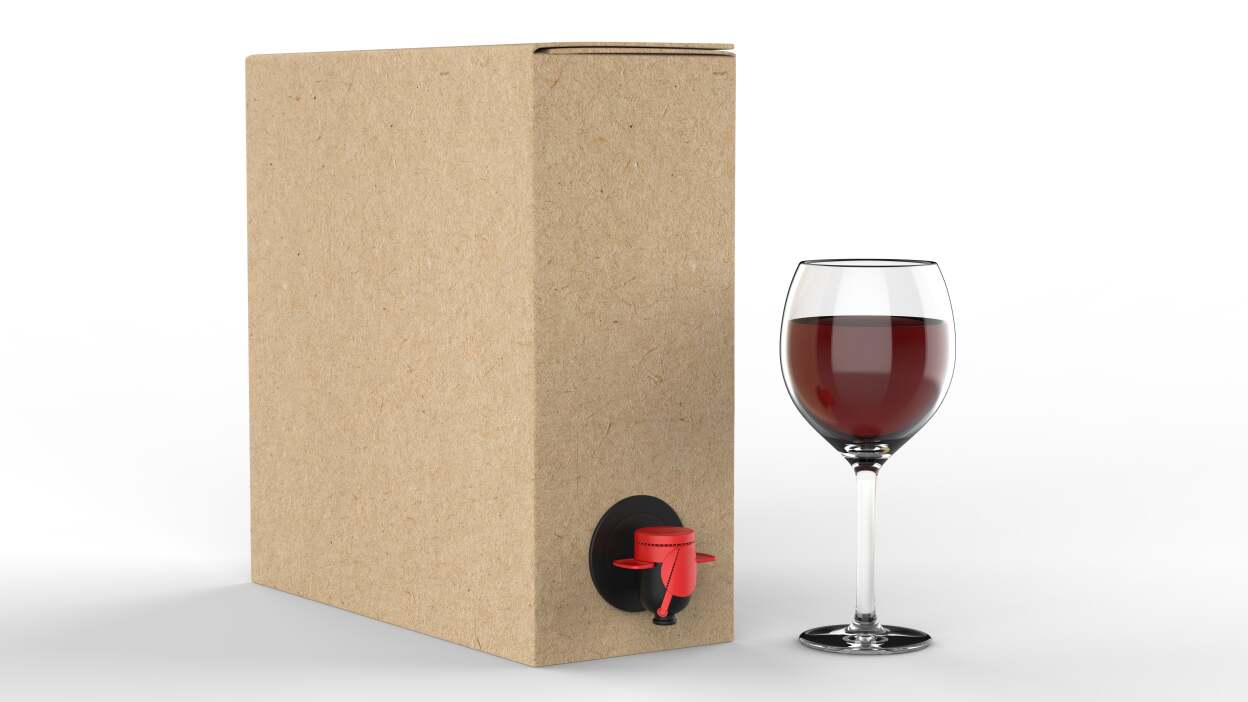The impact of oxygen during the storage or warehousing of wine is often crucial in determining its shelf life. Oxygen reduces the level of SO2 and leads to the browning of the wine through the oxidation of phenolics, as well as the chemical deterioration of aromatic components. Therefore, it is essential that the wine, after being filled, has a low oxygen concentration and is stored in an airtight bag. The oxygen permeability of the storage bag plays a significant role in the shelf life of the wine.
The common bags used for bag-in-box (BIB) wines consist of a welded double bag. The outer bag is usually made of a plastic laminate and metallized polyester (Met.PET), which serves as an oxygen barrier. This metallized layer is a vaporized aluminum layer, approximately 0.02-0.03 micrometers thick. Polyethylene layers protect the metallized layer and are ideal for welding the laminate to other layers, including the inner bag. The inner bag is "loose," meaning it is only connected to the outer bag at the welded seams along the edges and at the valve gland. Typically made from polyethylene (PE) or linear low-density polyethylene (LLDPE) film, the inner bag acts as a shock absorber to prevent leakage and reinforces the bag against flex-cracking during transport.
Advancements in material development have led to the creation of double-metallized barrier laminates and aluminum laminates that can withstand stress from repeated wrinkling. The oxygen permeability of various plastic laminates used in BIB wines varies. During transport over long distances, the bags are exposed to stress that can increase permeability and potentially cause leakage.
Numerous studies have examined the oxygen permeability of different bag materials. Typical oxygen permeability values for new film laminates (measured in cm³/23°C/20 μm/m²/24h/1 atm) range from 0.2-1.8 for EVOH, less than 2 for Met.PET, and zero for Al-laminate. However, repeated wrinkling during transport can cause pinholes—small pores that do not visibly leak but significantly increase oxygen permeability. For Met.PET, permeability can increase tenfold under these conditions. EVOH, on the other hand, is more resistant to transport stress. Transport stress can be simulated through stress-flexing of the laminate, although few studies have been conducted to assess how transport stress affects bag permeability and, consequently, the shelf life of the wine.


 中文简体
中文简体 英语
英语 西班牙语
西班牙语 俄语
俄语 葡萄牙语
葡萄牙语 法语
法语 德语
德语 意大利语
意大利语


















